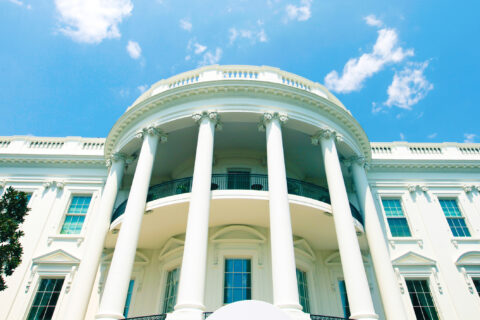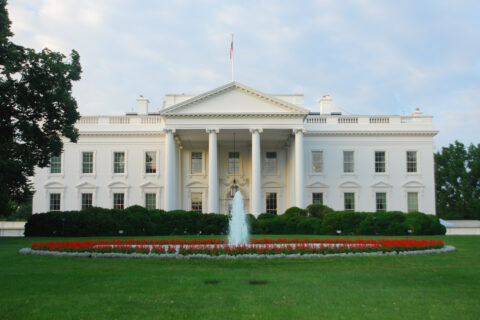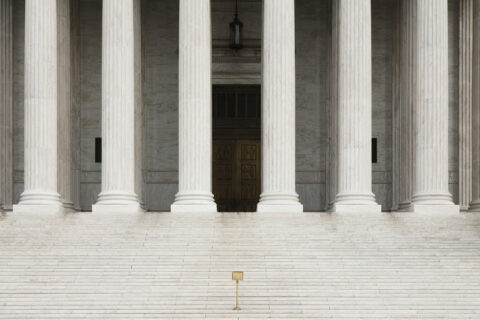Earlier this month, the U.S. Department of the Treasury released much-anticipated guidance—an Interim Final Rule (IFR)—on how local governments can use the $65.1 billion in Coronavirus State and Local Fiscal Recovery Funds (Funds) established by the American Rescue Plan Act (ARPA).
Cities, towns and villages can use these Fund dollars on lost revenue under (ARPA). This expense is one of the four allowable uses of the funds under the ARPA.
What must a city do to determine lost revenue?
To begin the calculation, a municipality must determine its revenue collected in the base year—the most recent full fiscal year prior to the pandemic (i.e. last full fiscal year before January 27, 2020). This revenue calculation will be part of the next step in determining what would have happened absent the public health emergency.
Next, a municipality determines its average annual growth rate over the past three fiscal years. If their growth rate is less than 4.1 percent, then the municipality would use 4.1 percent as its presumed growth rate. If their average growth rate is greater than 4.1 percent, then the municipality would use their municipality’s average growth rate over the past three fiscal years prior to the pandemic.
It is important to keep in mind that when computing the revenue collection, it is done for each calendar year. Municipalities will calculate the reduction in revenue at four points in time: December 31, 2020; December 31, 2021; December 31, 2022; and December 31, 2023. To do this, a municipality will identify actual revenues, “which equals revenues collected over the past twelve months,” according to the IFR.
The checkpoints as laid out above in the previous paragraph can be found in the IFR. As stated above, the measure of lost revenue includes only actual revenues for a municipality from January 1 – December 31, not the municipality’s fiscal year revenues.
What is excluded from the revenue calculation?
There are a number of items that are excluded from the calculation:
- Federal Transfers;
- Revenues from utilities (water supply, electric power, gas supply, and public mass transit systems);
- Refunds or correcting transitions;
- Proceeds from issuance of debt; and
- Liquor store revenue.
What is in the calculation?
Everything not listed above:
- Taxes, fees and other revenue to support public services;
- Fees generated by the underlying economy;
- Component units:
- Civic centers;
- Zoos;
- Ports;
- Parking;
- Sports stadiums;
- Enterprise funds
- Component units:
Once a city determines what can be included, it should compare the growth in the actuals collected to the projected. If actuals revenues exceed projected revenues, there is no revenue loss in that year. If projected revenues exceed actuals revenues, then that is the revenue loss for that year.
What can cities spend this money on after it has been counted as lost revenue?
The IFR provides a non-exclusive list of “government services” that include providing services or aid to citizens.
Under the IFR, municipalities can spend on pay-go building. Pay-go infrastructure funding refers to the practice of funding capital projects with cash-on-hand from taxes, fees, grants, and other sources, rather than with borrowed sums. Therefore, a municipality can start a capital project with these funds and finish it with future economic revenues or bonds.
Other areas listed in the IFR as non-exclusive include:
- Cybersecurity
- Healthcare services
- School or education services
- Police, fire, or public safety.
The Treasury Department has also developed FAQs related to the use of the Coronavirus State and Local Fiscal Recovery Funds.
If you have general questions about the Coronavirus State and Local Fiscal Recovery Funds, please email the U.S. Department of Treasury at SLFRP@treasury.gov or call 844-529-9527.
To help communities make the best and most appropriate use of these funds, NLC has offered some key principles for local leaders to help guide and plan their recovery.
Visit NLC’s resource hub on the American Rescue Plan for more information about the Coronavirus State and Local Fiscal Relief Fund and other programs.
The information contained here is not legal advice. It will be subject to change based on updates from the U.S. Department of the Treasury, and any recipients should confirm applicability to their specific situation.








